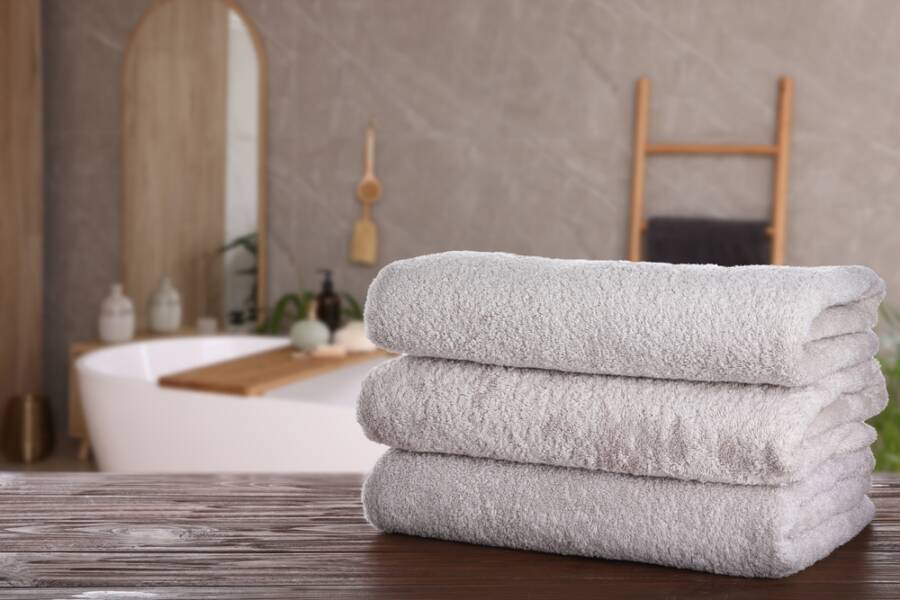
10 ‘Weird’ Asian Cleaning Hacks for a Sparkling Home
Traditional Asian Cleaning Hacks Are Here To Keep Your House Clean & Your Energy Positive Asians regard cleaning their homes

Traditional Asian Cleaning Hacks Are Here To Keep Your House Clean & Your Energy Positive Asians regard cleaning their homes

Getting older doesn’t mean losing your independence. In fact, with the right tools and a little preparation, staying safe and

These allergy-friendly products will help you breathe easier in your home! Allergies really are the worst thing to deal with.

Help them forget about the smartphone with these fun, screen-free activities! It’s like negotiating a peace treaty these days to

Paint is one of the easiest and most cost-effective ways to transform a home’s appearance. A fresh coat of paint

Neighbors peeking into your yard? Ok, so you are home, and after a long day, you are finally getting what

Have you ever thought about turning your patio or garden into a beautiful outdoor oasis that truly showcases your unique

Since a wall full of cabinets makes up around a quarter of many kitchens, new cabinets also hold the power

So, you’re thinking of painting a room? Whether it’s because you’re finally ready to refresh your walls, you’re moving into
Craftycaptain.com is a participant in the Amazon Services LLC Associates Program, an affiliate advertising program designed to provide a means for sites to earn advertising fees by advertising and linking to Amazon.com. *Amazon and the Amazon logo are trademarks of Amazon.com, Inc., or its affiliates.
Additionally, Craftycaptain.com participates in various other affiliate programs, and we sometimes get a commission through purchases made through our links.